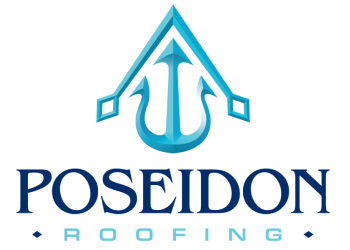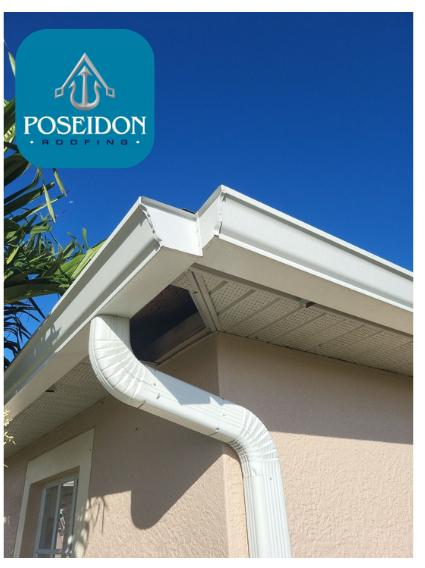Introduction
In the realm of residential roofing services, Poseidon Roofing stands out as the best roofing contractor committed to ensuring the longevity and health of your roof. One crucial aspect often overlooked is the maintenance of clean gutters.
The Importance of Clean Gutters
Clean gutters are the unsung heroes of a healthy roof. They ensure proper water drainage, preventing issues like leaks and water damage. Poseidon Roofing understands the significance of this often-neglected aspect of roofing maintenance.
How to Clean Gutters and Drains
1. Tools and Materials
Gather the necessary tools and materials before starting the cleaning process. This includes gloves, a sturdy ladder, a trowel, a bucket, and a hose.
2. Clearing Debris
Start by removing visible debris such as leaves, twigs, and dirt from the gutters. Use the trowel to scoop out accumulated gunk, placing it in the bucket for easy disposal.
3. Flushing the System
Once debris is cleared, use a hose to flush the gutter system. This ensures that any remaining small particles are washed away, leaving the gutters clean and free-flowing.
Preventive Measures for Long-Term Maintenance
Regular cleaning is just the beginning. To maintain clean gutters in the long term:
1. Install Gutter Guards
Consider installing gutter guards to prevent debris from accumulating in the first place. These guards act as a barrier, allowing water to flow while keeping leaves and other debris out.
2. Schedule Regular Inspections
Poseidon Roofing recommends scheduling regular inspections to catch potential issues early. Professional inspections can identify developing problems before they escalate.
3. Trim Overhanging Branches
Overhanging branches can contribute significantly to gutter blockages. Trim trees near your roof to minimize the risk of leaves and branches falling into the gutters.
Conclusion
In conclusion, maintaining clean gutters is a crucial aspect of Poseidon Roofing’s commitment to providing top-tier residential roofing services. By following these simple tips and incorporating preventive measures, you ensure a healthy roof that stands the test of time.

